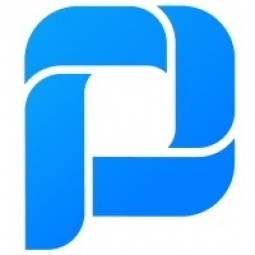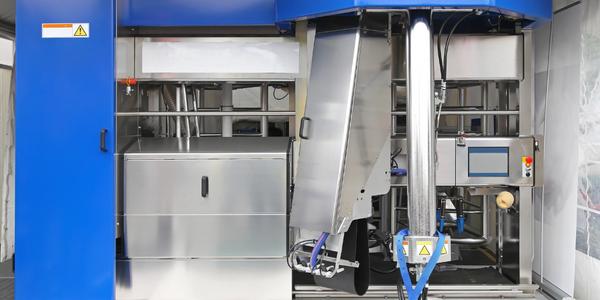Customer Company Size
Mid-size Company
Region
- America
Country
- United States
Product
- ProcessMaker platform
Tech Stack
- Workflow automation software
Implementation Scale
- Enterprise-wide Deployment
Impact Metrics
- Productivity Improvements
- Cost Savings
Technology Category
- Application Infrastructure & Middleware - Data Exchange & Integration
Applicable Functions
- Business Operation
Use Cases
- Process Control & Optimization
Services
- System Integration
About The Customer
Maury, Donnelly and Parr Inc. (MDP) is an American specialty insurance company based in Baltimore, Maryland. The company has been providing customers with solutions for nearly 150 years and takes pride in being the standard when it comes to offering highly customized insurance solutions. MDP is one of the oldest insurance firms in the Mid-Atlantic region and currently operates five offices around the country, serving the needs of thousands of clients. The company holds insurance licenses in 48 states.
The Challenge
Maury, Donnelly and Parr Inc. (MDP), a leading American specialty insurance company, was facing challenges due to its outdated proposal creation processes, manual workflows, and immature software infrastructure. The company was deeply rooted in conducting business with an outdated management suite, which resulted in inefficiencies and frequent human errors. The manual processes involved in coordinating data between conducting analytics, presentations, and preparing briefs were time-consuming and prone to mistakes. The company needed to digitize its processes to continue providing the best possible value for clients and to stay competitive in the market.
The Solution
MDP chose the ProcessMaker platform to organize its internal workflows due to the platform’s comprehensive power. The platform was easy-to-deploy for its non-technical personnel and its intuitive interface, easy-to-build workflow processes, and customization ability allowed MDP’s staff to learn the software quickly. ProcessMaker was tasked with increasing the speed and efficiency of proposal generation, along with enhancing the broker onboarding experience. The digitization of the proposal creation process made it replicable and deployable in a way that was scalable, allowing MDP to create and approve in higher volumes than previously deemed possible.
Operational Impact
Quantitative Benefit

Case Study missing?
Start adding your own!
Register with your work email and create a new case study profile for your business.
Related Case Studies.

Case Study
System 800xA at Indian Cement Plants
Chettinad Cement recognized that further efficiencies could be achieved in its cement manufacturing process. It looked to investing in comprehensive operational and control technologies to manage and derive productivity and energy efficiency gains from the assets on Line 2, their second plant in India.

Case Study
Airbus Soars with Wearable Technology
Building an Airbus aircraft involves complex manufacturing processes consisting of thousands of moving parts. Speed and accuracy are critical to business and competitive advantage. Improvements in both would have high impact on Airbus’ bottom line. Airbus wanted to help operators reduce the complexity of assembling cabin seats and decrease the time required to complete this task.

Case Study
Improving Production Line Efficiency with Ethernet Micro RTU Controller
Moxa was asked to provide a connectivity solution for one of the world's leading cosmetics companies. This multinational corporation, with retail presence in 130 countries, 23 global braches, and over 66,000 employees, sought to improve the efficiency of their production process by migrating from manual monitoring to an automatic productivity monitoring system. The production line was being monitored by ABB Real-TPI, a factory information system that offers data collection and analysis to improve plant efficiency. Due to software limitations, the customer needed an OPC server and a corresponding I/O solution to collect data from additional sensor devices for the Real-TPI system. The goal is to enable the factory information system to more thoroughly collect data from every corner of the production line. This will improve its ability to measure Overall Equipment Effectiveness (OEE) and translate into increased production efficiencies. System Requirements • Instant status updates while still consuming minimal bandwidth to relieve strain on limited factory networks • Interoperable with ABB Real-TPI • Small form factor appropriate for deployment where space is scarce • Remote software management and configuration to simplify operations

Case Study
Developing Smart Tools for the Airbus Factory
Manufacturing and assembly of aircraft, which involves tens of thousands of steps that must be followed by the operators, and a single mistake in the process could cost hundreds of thousands of dollars to fix, makes the room for error very small.









